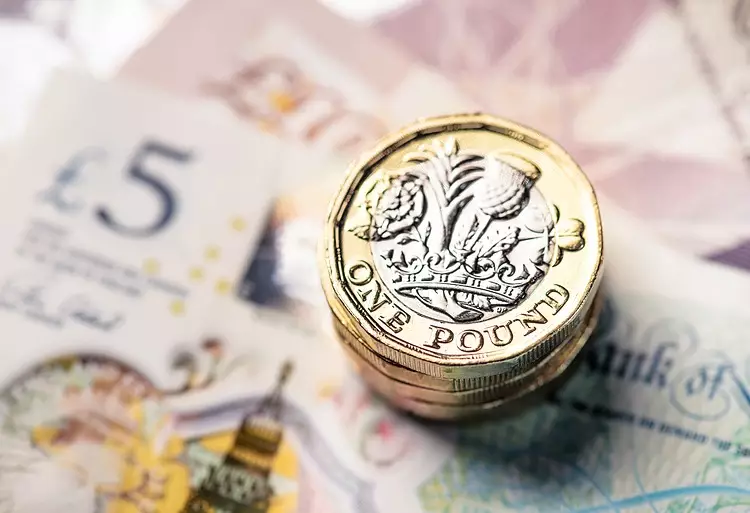The Pound Sterling has been experiencing fluctuations as it recently declined to 1.2700 against the USD after the Fed signaled only one rate cut this year. This decline is a result of uncertainties in the market regarding the future of interest rates in both the UK and the US.
One of the concerns for policymakers is the steady wage growth in the UK, which has raised fears of persistent inflation in the services sector. This steady increase in wages is driving service inflation, which continues to be a major issue for the Bank of England (BoE) as it aims to keep inflation in check.
Investors are closely watching the upcoming BoE’s monetary policy meeting, scheduled for Thursday. While the BoE is anticipated to keep interest rates steady at 5.25%, the focus will be on the number of policymakers in favor of a rate-cut decision. In the previous meeting, BoE Deputy Governor Dave Ramsden and policymaker Swati Dhingra voted for a rate cut, indicating a division among policymakers.
Monetary policy decisions in the UK are crucial in determining the direction of the Pound Sterling. With the likelihood of interest rate cuts on the table, investors are cautious about the potential impact on the GBP’s performance.
The US Federal Reserve plays a significant role in shaping global monetary policies. With two mandates of achieving price stability and fostering full employment, the Fed’s decisions have a direct impact on the value of the US Dollar and, consequently, other currencies like the Pound Sterling.
Impact of Quantitative Easing
In extreme situations, the Federal Reserve may resort to quantitative easing (QE) to stimulate the economy. This non-standard policy measure involves the Fed printing more Dollars and purchasing high-grade bonds from financial institutions. The quantitative easing usually weakens the US Dollar, affecting the GBP’s performance against it.
Quantitative tightening (QT) is the reverse process of QE, where the Fed stops buying bonds and does not reinvest the principal from the bonds it holds. This policy is usually positive for the value of the US Dollar, making it more attractive for investors.
Overall Outlook
As the GBP faces uncertainties due to the Fed’s rate cut signal and the upcoming BoE meeting, investors are closely monitoring economic indicators and central bank decisions. The performance of the Pound Sterling against major currencies will continue to be influenced by these factors in the near term.
The Pound Sterling’s performance against the USD and other currencies is highly sensitive to global economic developments and central bank decisions. The implications of the Fed’s rate cut signal and the upcoming BoE meeting will shape the near-term outlook for the GBP, leading to fluctuations in its value in the forex market. Investors and traders need to stay informed and adapt to the changing landscape of monetary policies to make informed decisions regarding their investments in the currency markets.

